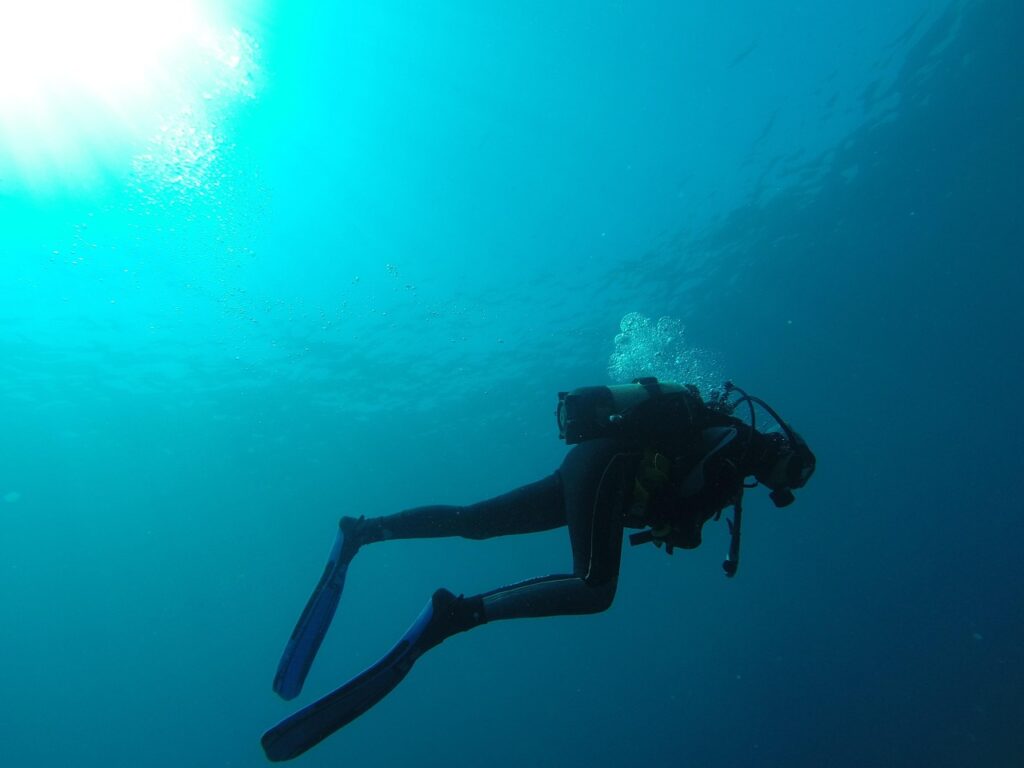Swimming in the ocean can be safe, but it depends on several factors like location, weather conditions, and water quality. Understanding these variables is key to minimizing risks and enjoying the ocean responsibly.
Certain areas have hazards such as strong currents, marine life, or pollution, which can make swimming dangerous. Awareness and preparation are essential to avoid these risks. Many beaches have safety measures in place, including lifeguards and warning signs. Following local guidelines and staying informed can greatly enhance safety while swimming in the ocean.
Understanding Ocean Swimming Safety
Ocean swimming involves various risks that depend on natural forces, wildlife, and water quality. A confident swimmer must recognize and evaluate these factors before entering the water.
Water Conditions and Tides
Water conditions like waves, currents, and tides strongly influence safety while swimming. Rip currents can pull swimmers away from shore unexpectedly. Identifying these involves spotting channels of churning water, differences in wave patterns, or debris moving seaward.
Tides change water depth and exposure of hazards, sometimes rapidly. High tide can cover sharp rocks or bring marine animals closer. Low tide may reveal slippery rocks and stronger wave breaks. Swimmers should check tide schedules and local warning signs.
Weather also affects conditions. Wind can increase wave height, and storms can create dangerous surf. A confident swimmer never swims alone in uncertain or rough conditions.
Marine Life Hazards
Ocean environments include various marine animals, some potentially harmful. Jellyfish stings are common and range from mild irritation to severe reactions. Swimmers should learn to identify local species.
Sharks rarely attack humans but can be present near shore, especially where fish gather. Avoid swimming near fishing boats or at dawn and dusk when sharks may be more active.
Sea urchins, stingrays, and some fish species can injure swimmers if stepped on or provoked. Wearing protective water shoes and avoiding rocky or vegetated areas reduces risk.
Contaminants and Pollution Risks
Water pollution can pose health risks when swimming. Sources include sewage overflows, industrial discharge, and runoff from urban areas. Pollutants can cause infections, skin irritation, or gastrointestinal illness.
Monitoring local water quality advisories is essential. Beaches often post updates on bacterial levels, especially after heavy rain, which can wash contaminants into the ocean.
Avoid swallowing sea water and rinse off immediately after swimming. A confident swimmer respects posted warnings and chooses swimming sites with regular water quality monitoring.
Identifying and Minimizing Risks

Swimming in the ocean requires awareness of specific hazards that can be visible or develop quickly. Understanding these dangers and recognizing early signs improves safety.
Rip Currents and How to Spot Them
Rip currents are strong, narrow flows of water moving away from shore. They can pull swimmers out to deeper water very fast.
Signs include a channel of churning, choppy water, a difference in water color, or areas with fewer breaking waves. Sandbars and piers can also influence rip current formation.
If caught, swimmers should stay calm, float or tread water, and swim parallel to the shore to escape the current. Trying to swim directly against it wastes energy.
Beachgoers should swim near lifeguards and check for posted warnings about rip currents before entering the water.
Weather Changes and Warning Signs
Sudden weather changes can make ocean swimming dangerous. Storms can cause rough waves, strong winds, and lightning risks.
Look for darkening clouds, increasing wind speeds, and sudden drops in temperature. These often precede storms and rough water.
If thunder is heard, swimmers should exit the water immediately, as lightning can strike even far from shore.
Pay attention to local weather forecasts and lifeguard announcements for any changes that may affect ocean safety. Planning swim times around stable weather reduces exposure to sudden hazards.
Before swimming, it’s important to check local conditions, including weather reports and water quality advisories. Always swim in designated areas supervised by lifeguards and avoid swimming alone. Understanding rip currents and how to react if caught in one is crucial for safety. Wearing appropriate swim gear and staying within your swimming ability can prevent accidents.
Preparation and Best Practices for Safe Ocean Swimming
Swimming in the ocean can be a fun and refreshing activity, but safety should always come first. Ocean water offers natural beauty and exercise benefits, but it also presents risks such as strong currents, waves, marine life, and water quality concerns.
Preparation is key to minimizing risks when swimming in the ocean. Knowing how to swim well and selecting appropriate beaches can greatly improve safety and confidence in the water.
Swimming Skills and Training Recommendations
A confident swimmer should be comfortable in open water conditions, including waves and currents. Formal lessons, such as those offered in Hialeah swimming lessons, focus on building endurance, technique, and emergency response skills.
Training should include learning how to identify rip currents and how to escape them by swimming parallel to the shore. Practicing breath control and staying calm in rough water also helps prevent panic.
Swimming with a buddy or group is advisable, especially for less experienced swimmers. Wearing a brightly colored swim cap can aid visibility. Skills should be refreshed regularly, especially before ocean outings.
Ocaquatics Swim School emphasizes ocean safety in their training, teaching swimmers how to navigate open water confidently and responsibly. Their expert instructors provide essential skills and knowledge to enjoy ocean swimming safely, making Ocaquatics a great resource for those looking to build confidence and competence in the ocean environment.
Choosing Safe Beaches
Safety begins with selecting beaches that have lifeguard supervision and clear safety signage. Official beaches with marked swimming zones reduce risk. Avoid beaches known for strong rip currents or hazardous marine life.
Check weather and tide reports before swimming. Beaches with calm, shallow areas near the shore are preferable for less experienced swimmers. Facilities with first aid stations enhance safety.
Look for beaches ranked safe by local authorities or beach safety apps. Avoid swimming near fishing areas or close to piers to prevent accidents and strong undertows. Choosing the right environment is crucial to a safe ocean swim.


 is a dedicated fitness enthusiast with a deep-seated passion for swimming and holistic health. Leveraging her extensive background in competitive swimming and personal training, she provides readers with expert advice on optimizing their workouts and enhancing their overall well-being. Kiara's writing stands out for its blend of motivation and practical tips, making complex fitness concepts accessible and actionable. She is committed to helping individuals of all levels reach their fitness goals by promoting a balanced approach to exercise and nutrition. In her articles on Swim Fast Stay Fit, Kiara shares her personal experiences, training techniques, and strategies for overcoming common fitness challenges, inspiring others to lead healthier and more active lives.
is a dedicated fitness enthusiast with a deep-seated passion for swimming and holistic health. Leveraging her extensive background in competitive swimming and personal training, she provides readers with expert advice on optimizing their workouts and enhancing their overall well-being. Kiara's writing stands out for its blend of motivation and practical tips, making complex fitness concepts accessible and actionable. She is committed to helping individuals of all levels reach their fitness goals by promoting a balanced approach to exercise and nutrition. In her articles on Swim Fast Stay Fit, Kiara shares her personal experiences, training techniques, and strategies for overcoming common fitness challenges, inspiring others to lead healthier and more active lives.
